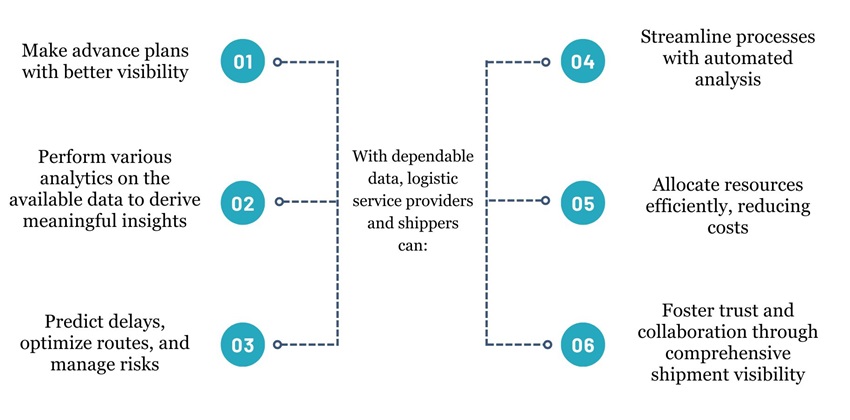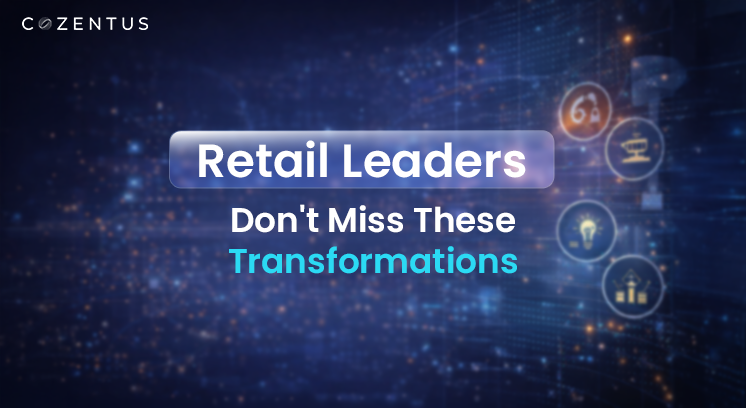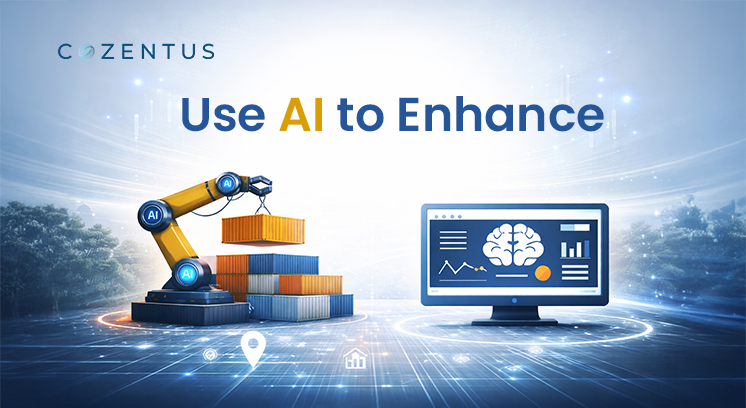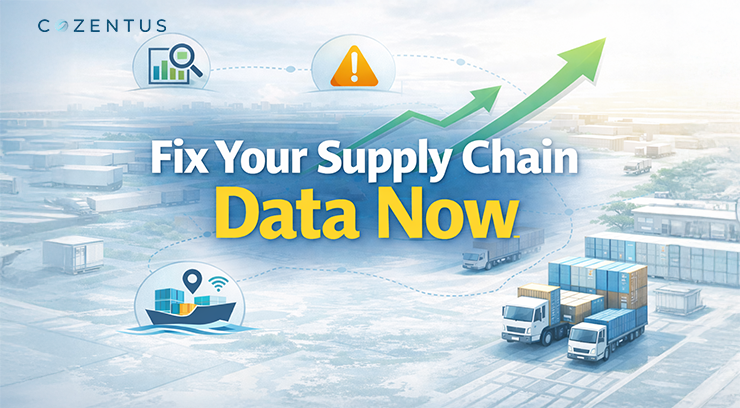3PLs can unlock substantial benefits and attain a clear differentiation by ensuring high data quality for ocean shipment visibility. Research by SupplyChainBrain also talks about how supply chain visibility gets better with good quality data. Let's delve a little more...
In the world of global logistics, where interactions and data flows from various stakeholders, visibility of ocean shipment is crucial for seamless operations. During my years of experience as a software professional in logistics industry, I have witnessed first hand the pivotal importance of high data quality and real time data availability for ensuring visibility of ocean shipments. In this blog, I'll briefly outline the key learning, from my experiences, in ensuring excellence in quality data driven logistics for enhanced visibility of ocean shipments.
1. CAST A WIDER NET: BEYOND THE BASIC DATA SOURCES
1. Don't limit yourself to basic data sources, instead cast a wider net to encompass a vast array of intelligence sources. Imagine gathering insights from every possible lookout point – schedules, events, routes, vessel positions and speed, captain’s call, carrier APIs, geofences, internal systems, historical data etc.
2. Leverage the invaluable data and experience of diverse players in ocean shipments logistics.
3. To ensure a cohesive and comprehensive analysis, explore the breadth and depths of unstructured data realms too, extracting insights from different documents produced in the logistics journey, news feeds, specialized weather services, multi modal visibility data providers, compliance documents and other publicly or privately available information that can be accessed cost-effectively.
1. Leverage in-house Logistics knowledge and insights, and human analysis of data patterns to build and refine Logistics Business Rule Engine –Implement hundreds of these logistics business rules, customized to the unique contexts of your organization, over data collected from different sources
2. Embrace AI & ML as Digital Data Detectives and Sanitizers - Embrace AI and ML as tireless digital detectives and sanitizers working around the clock to improve data quality and accuracy. Leveraging advanced ML algorithms empowers enhanced data analysis, facilitating identification and rectification of inaccuracies, duplication, incompleteness, and other anomalies in the data thereby ensuring reliability and credibility of the information presented to the end user.
3. Honor Human Wisdom Alongside Technological Advancements - Embrace the synergy of human wisdom and technological progress. While technological advancements surge, human expertise remains invaluable.

4. Continuous learning and refinement: Higher data quality for ocean shipments requires continuous efforts to analyse, learn, implement, and continuously improve, both for the AI models and professionals.
5. Keep an eye on additional investments and benefits: Balance the trade-offs of even higher data quality with additional investments required to decide on continuing beyond a limit.
3. HARNESS THE POWER OF DIVERSE DATA: ENHANCE VISIBILITY, ANALYTICS, COLLBORATION, AND OPERATIONAL EFFICIENCY
1. Integrating with internal systems and external systems of shippers, carriers and other data providers/ stakeholders
2. Customizing data delivery according to Customer Subscriptions or SLAs, addressing specific needs ranging from live tracking to risk monitoring and advanced analytics.
3. Implementing risk monitoring mechanisms to pre-empt potential disruptions and proactively manage risks.
4. Providing real-time visibility, analytics, and actionable insights to relevant stakeholders in supply chain.
5. Employing configurable alerts and notifications for users
4. PROTECT DATA: ENFORCE SECURITY MEASURES AND PRIVACY COMPLIANCE
1. Define and implement a Secure Software Development Life Cycle with built-in security mechanisms at each stage.
2. Deploy a granular role-based access controls across various OSI levels such as network, firewall, operating system, application, and database etc.
3. Employ data masking techniques for adherence to privacy regulations, particularly during the transition of data from production to development and test environments.
4. Keep the code libraries updated.
5. Automated the security checking using automated tools as far as possible.
6. Engage specialists to conduct system security audits and provide guidance for remediation.
Remember,
the true value of data lies not in its accumulation but in its
accessibility, deriving timey meaningful information and usage. The key
differentiation that you can provide here is to maximize the utility of
diverse data. For example: In the logistics industry, different data are exchanged with various parties based on trust in each other. Hence, incorporating security and privacy in your organization’s systems and processes is critical to maintain trustworthiness with the stakeholders. Since security and privacy is a vast field, and is not in scope of this blog, we are not dwelling further on it. Some very basics yet useful practices are mentioned below:

So, to summarize, I can say that 3PLs can unlock a world of possibilities with clean and reliable data: better visibility, smarter decisions, and optimized operations! Remember, the pursuit of data quality is an ongoing journey, not a destination. My colleagues and I at Cozentus have applied these strategies to serve our customers, garnering recognition, and accolades. Connect with us to discover more insights and strategies for optimizing your logistics journey. Let's navigate the seas of logistics excellence together.
Recent Post
Subscribe to our newsletter
Stay updated on latest trends and news in the supply chain and logistics industry







